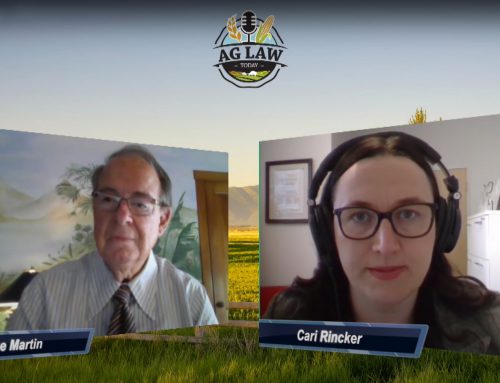Florida agriculture may be one of the strongest in the nation, but the tropical climate, abundant sunshine and plentiful rains (barring drought!) that created a land so favorable to agriculture also welcome a lion’s share of pests and pathogens to attack the fruits of The Sunshine State’s labors (and the vegetables, nuts, livestock and so on). In Florida, agriculture is a big business, and ag pests are a big deal.
Citrus Ag Pests
Case in point is the fight against citrus greening, or HLB. In the decade or so since the pathogen was detected in Florida groves, it has reduced the state’s citrus harvests by 70 percent, in comparison to the peaks of harvest history. Everyone is bending their hopes and efforts to finding a cure or treatment to fight citrus greening, but it’s just one of many ag pests to affect citrus in Florida.
Additional citrus diseases include canker and citrus black spot. Both are diseases that affect the marketability of fruit after it is picked. In recent news, one UF doctorate student completed her dissertation on the use of hot water and essential oils to prevent the development of citrus black spot.
Avocado Ag Pests
Avocados are only a $100 million-dollar industry in The Sunshine State compared to citrus’s billions, but those in the market are no less affected by agricultural pests. For instance, laurel wilt is one pathogen threatening the avocado industry. Spread by the ambrosia beetle, a UF/IFAs report on laurel wilt maintains that researchers are still learning about the inner workings of the disease.
Ag Pest Researchers
There are many other pests and pathogens that affect Florida’s agriculture. A detailed look at individual ag pests can be found at UF/UFAS’s Integrated Pest Management site; there are many pests, and their pathologies and treatments vary widely. Yet from insects to fungi, those pests all have something in common: if the pest affects Florida’s agriculture, there will be a researcher diligently using tools such as science and technology to find a way to best it. While reports of an 80 percent infection rate of Florida’s citrus trees by HLB abound, you can be sure the best minds in the field are working on a cure. It’s only a matter of time before they find one for the likes of citrus greening, laurel wilt and all that follow.



